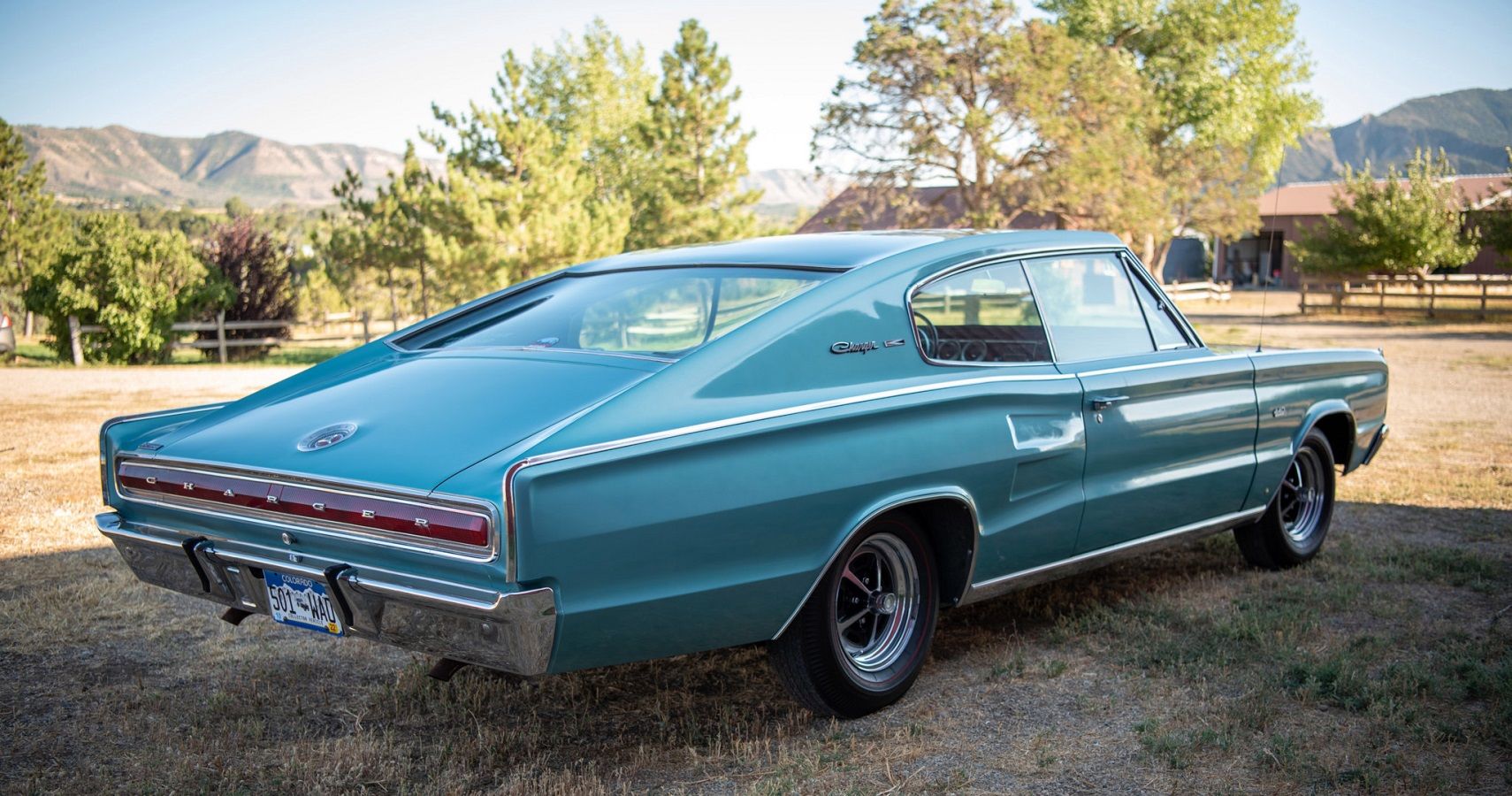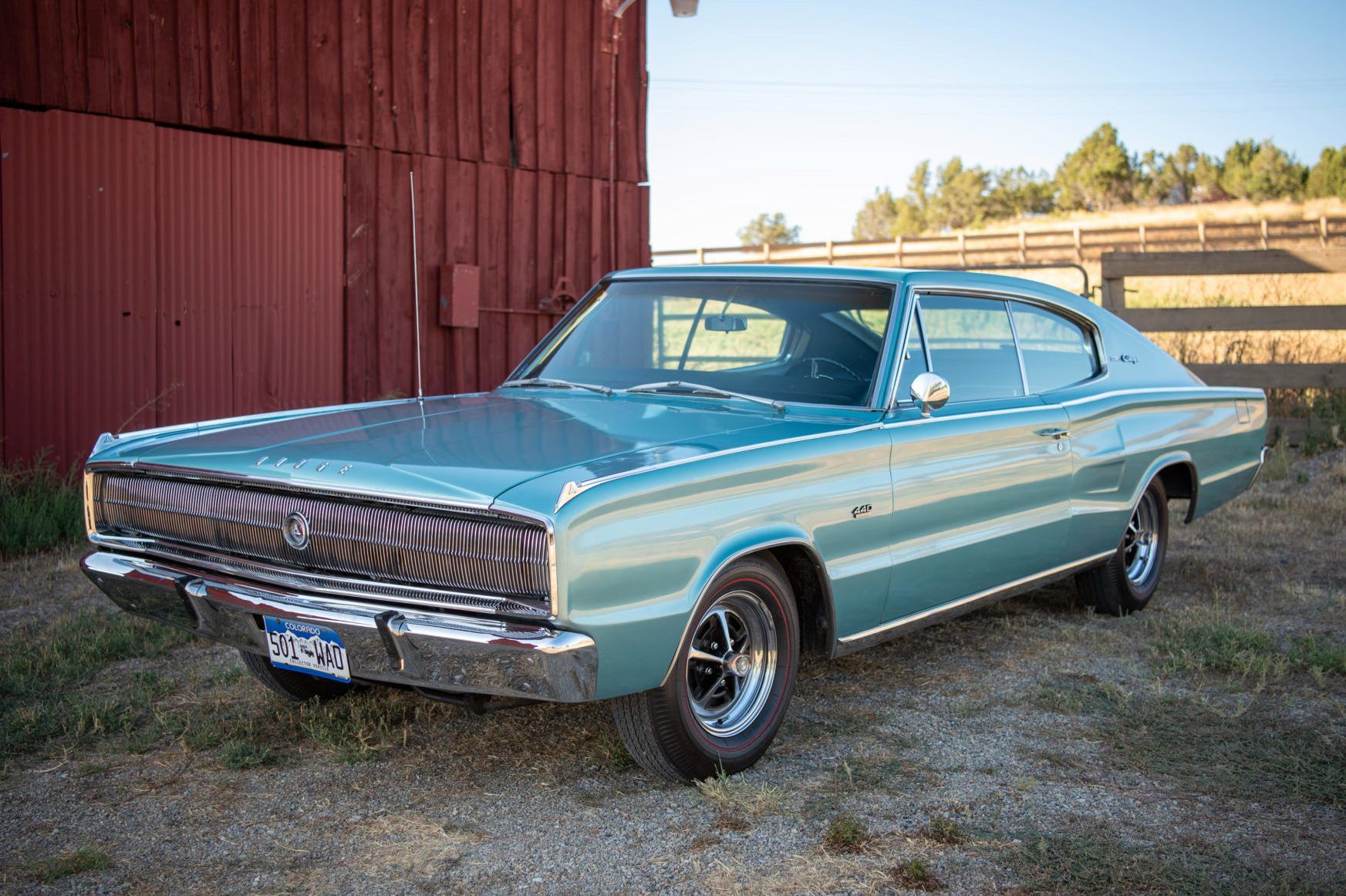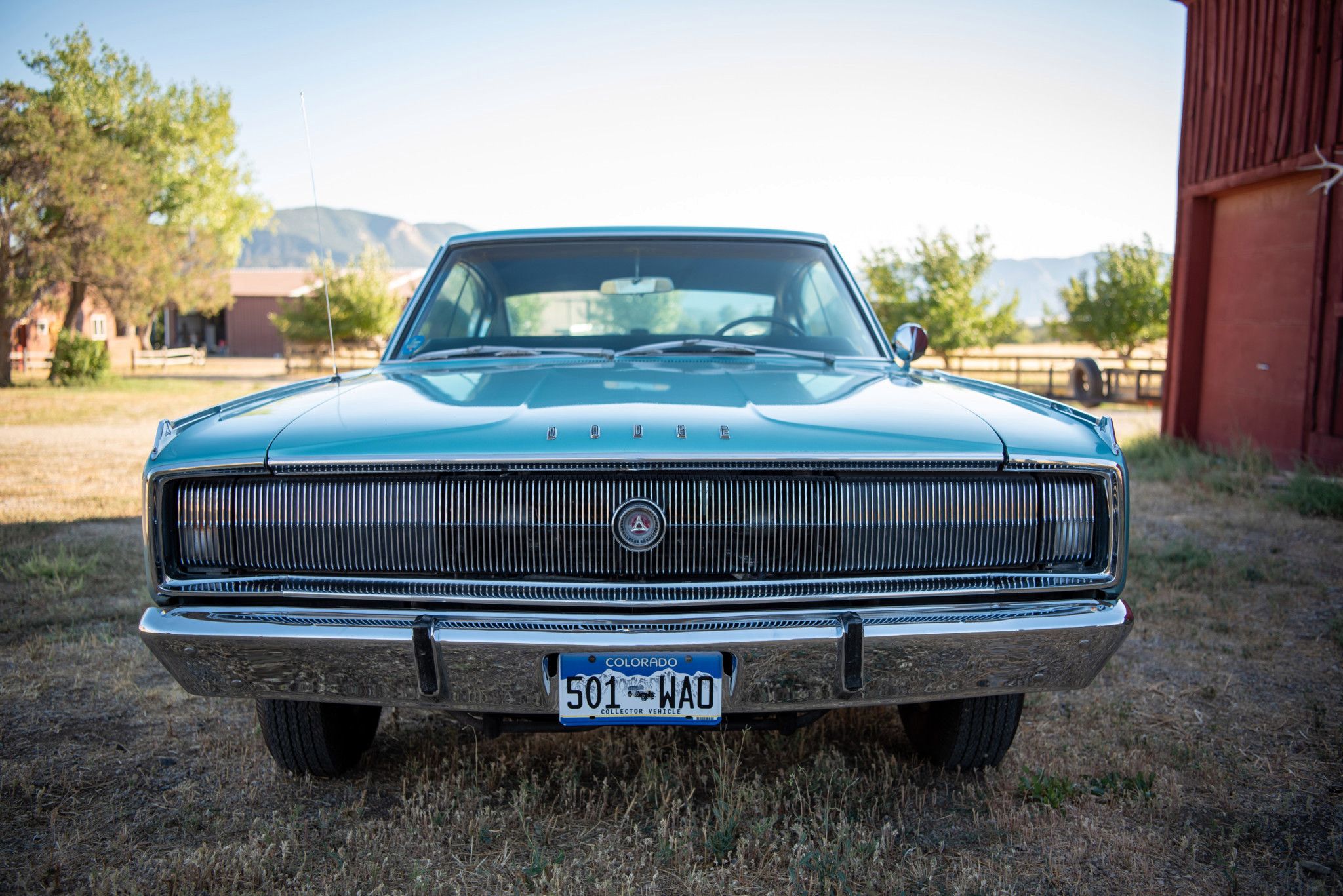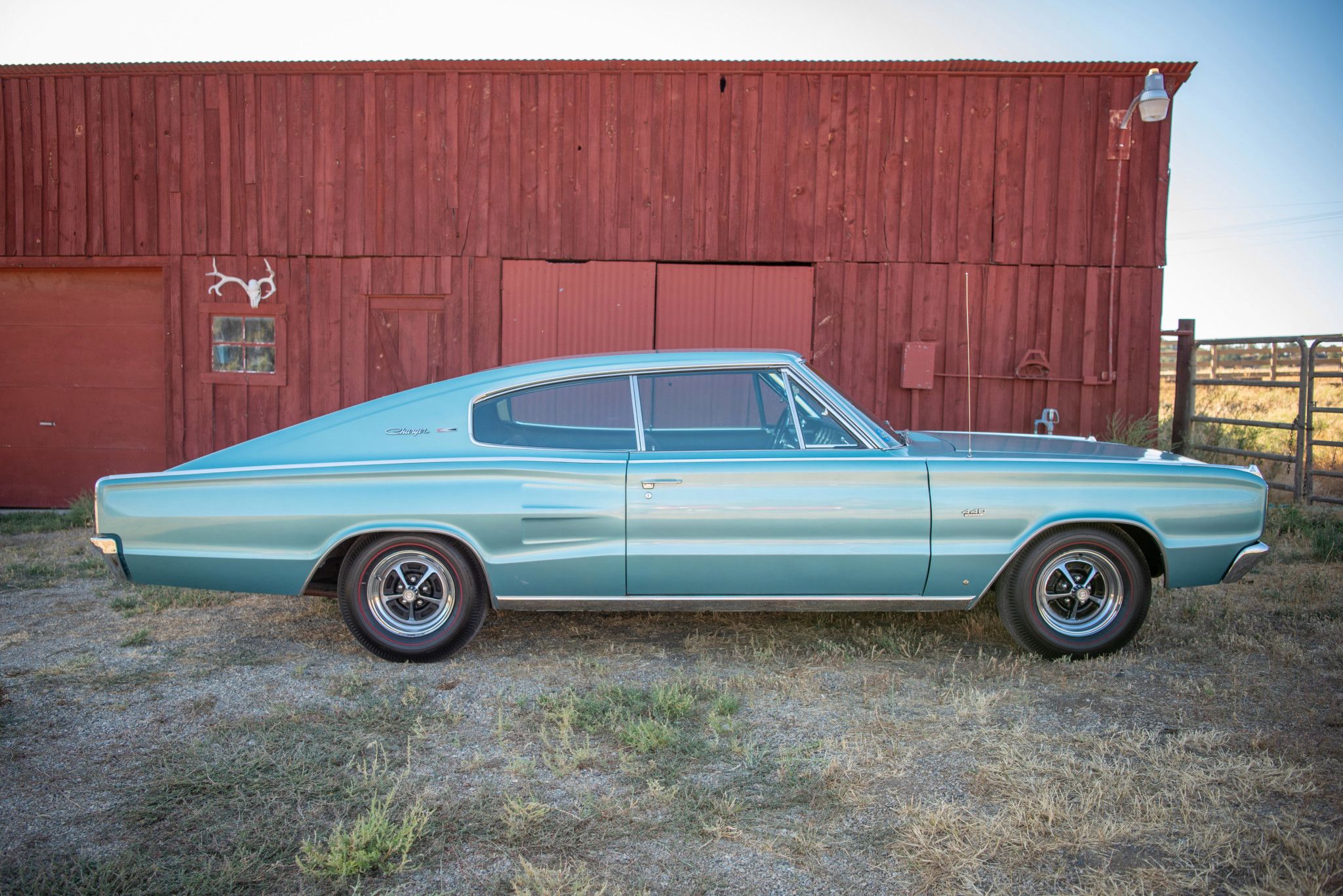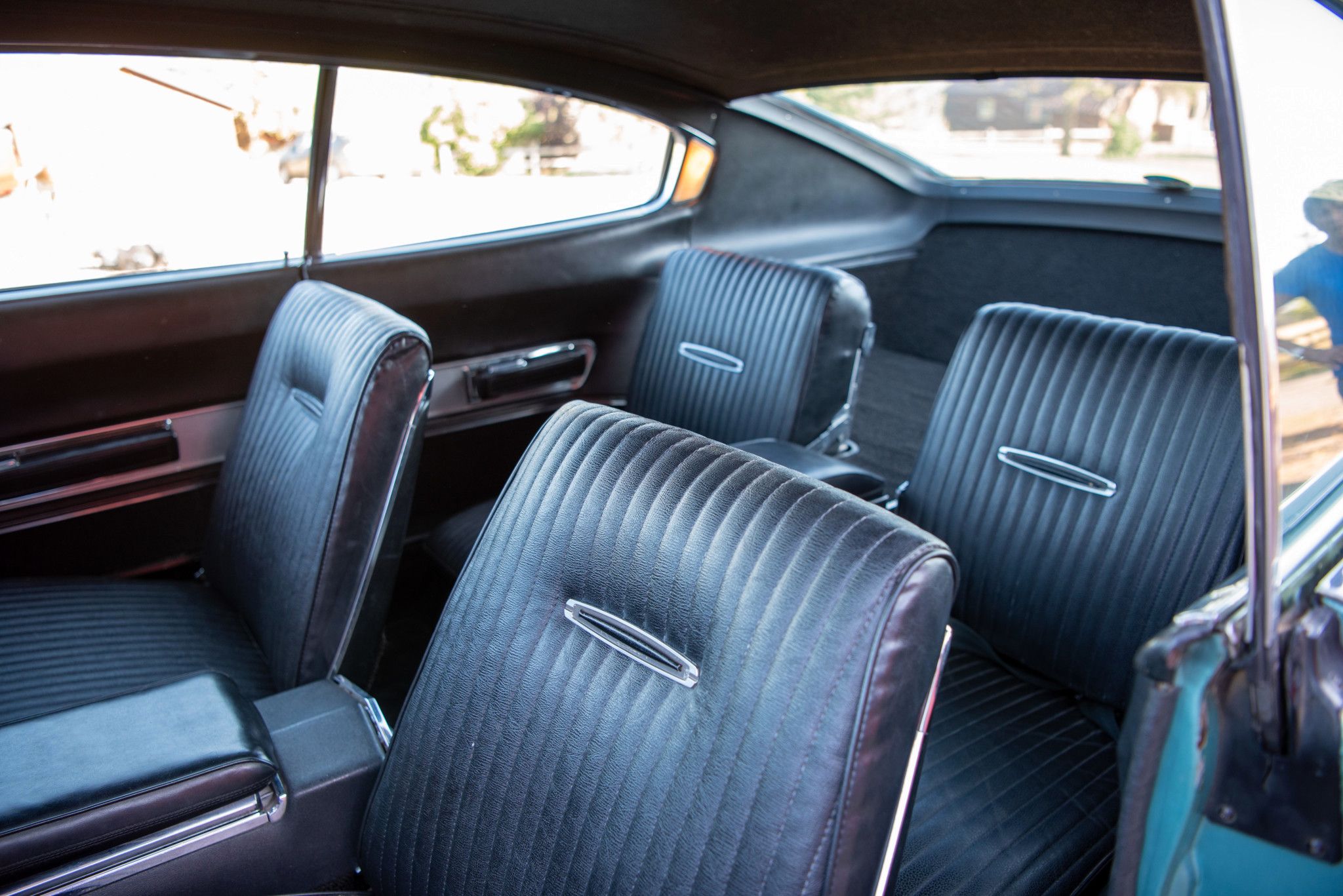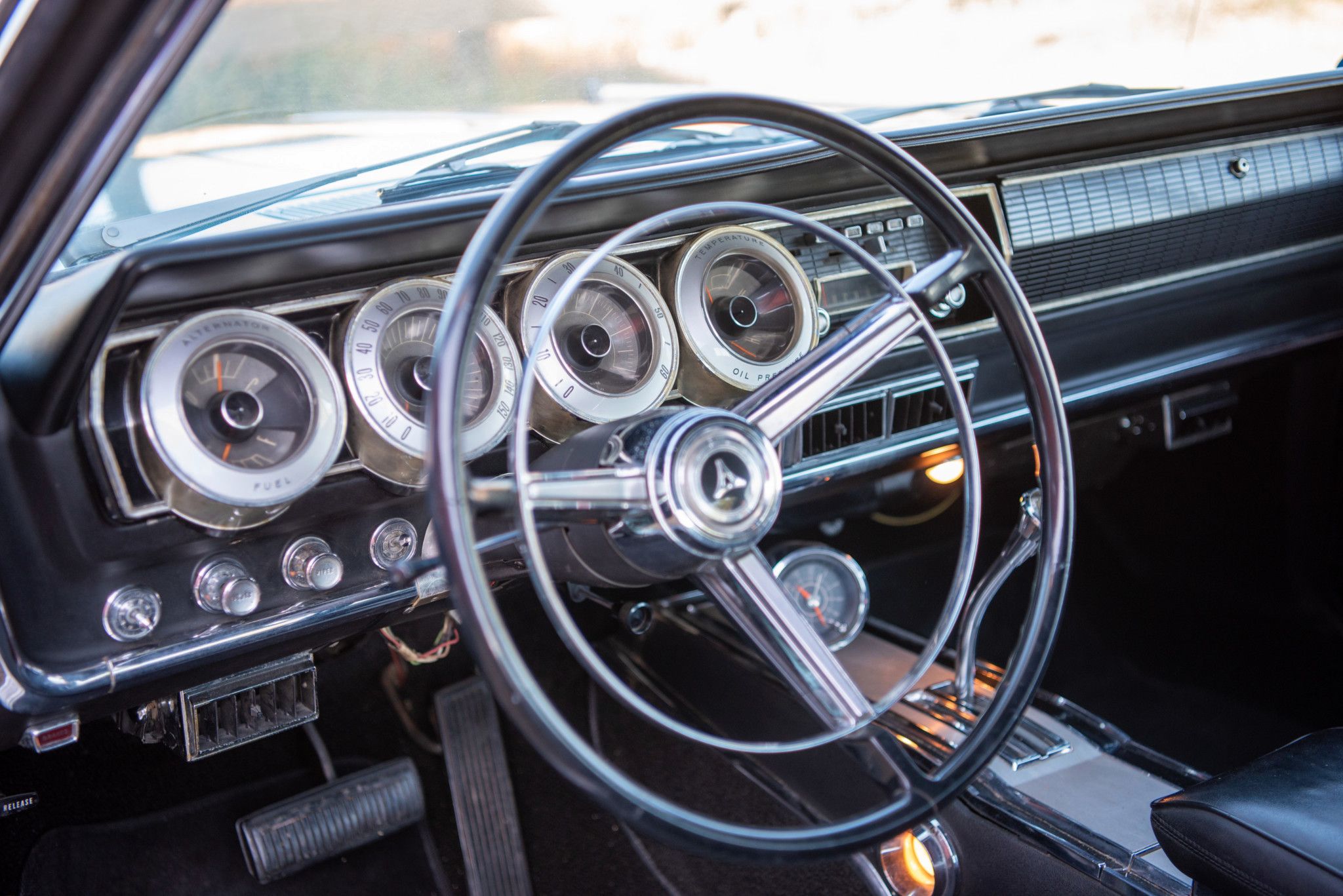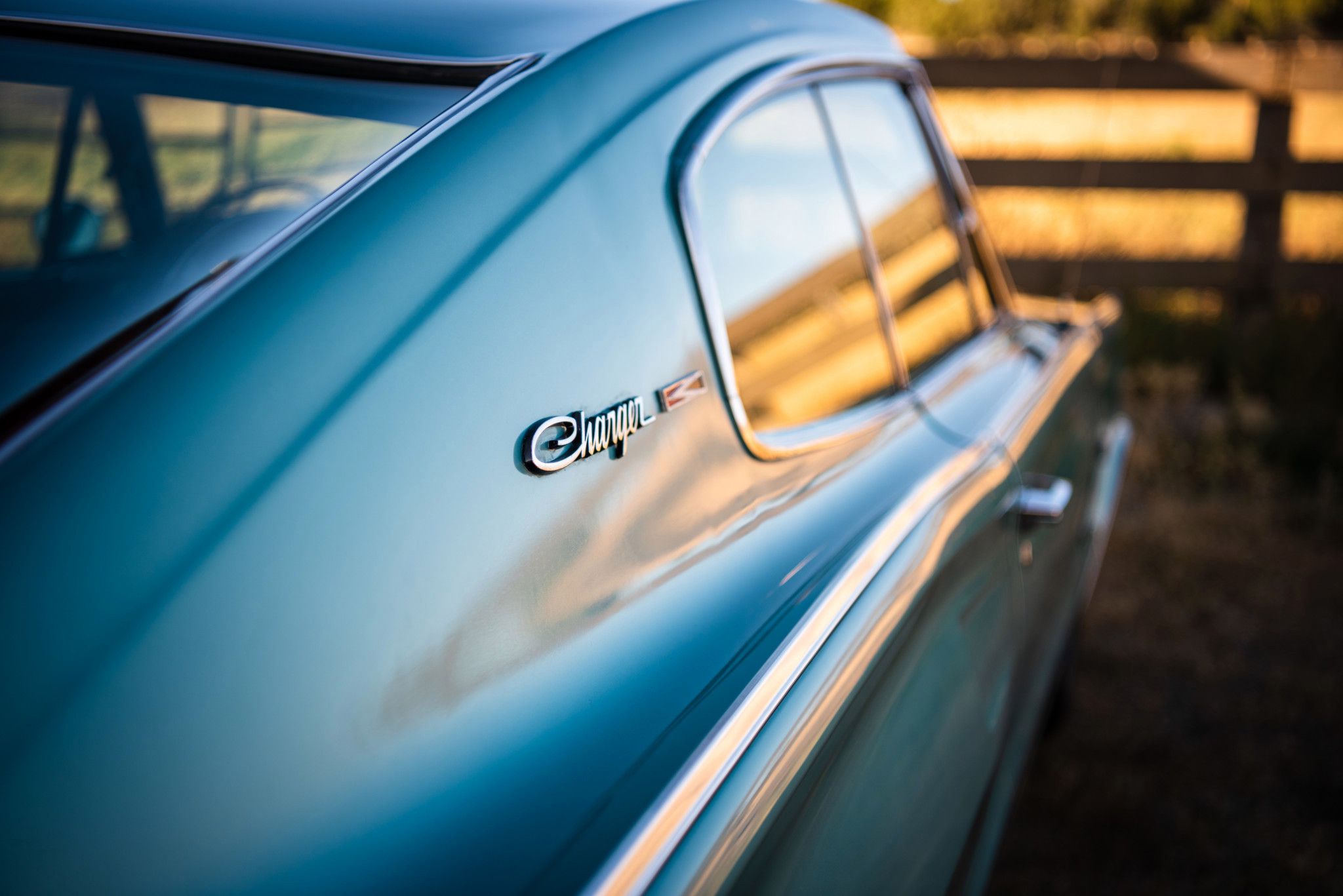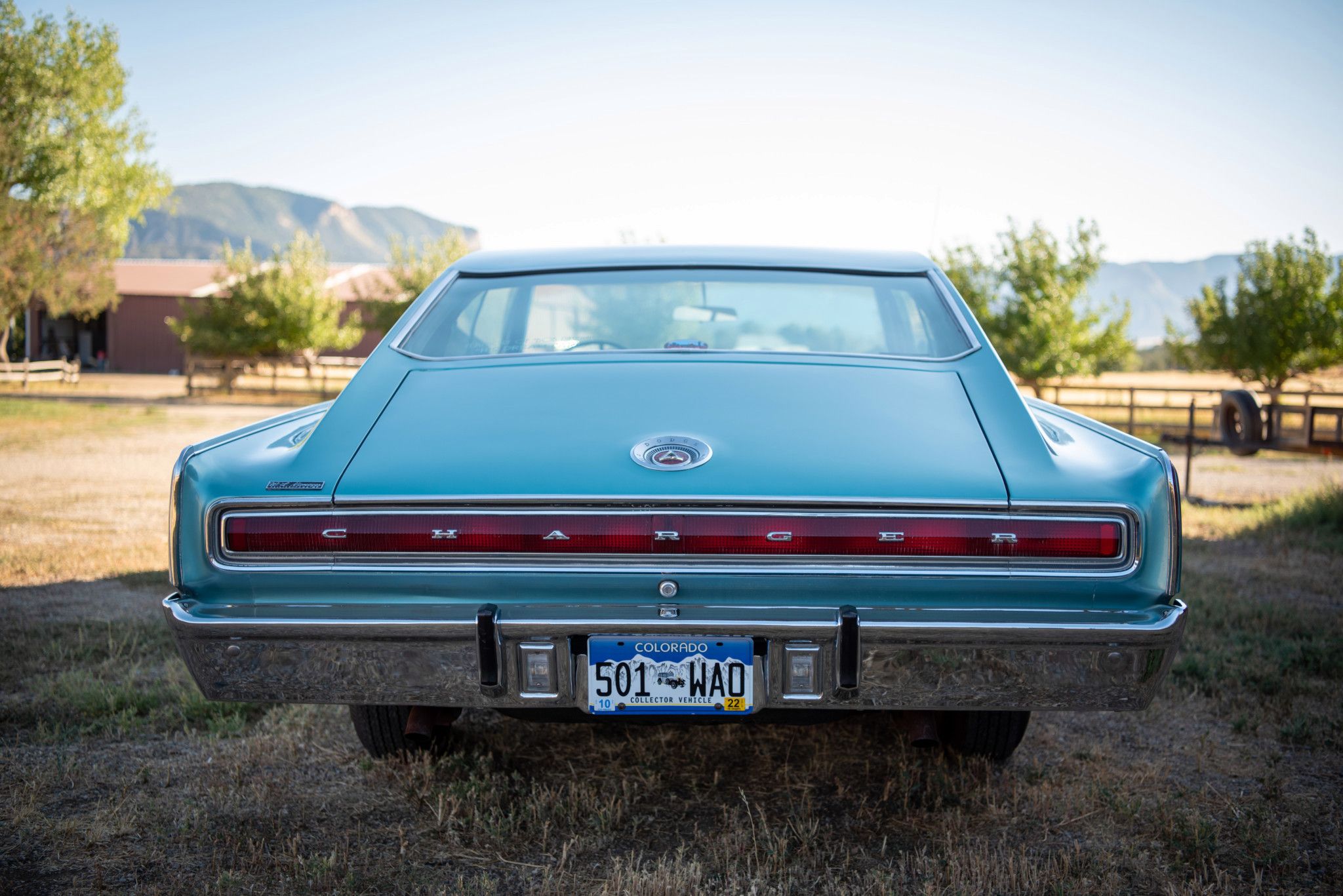Today, the name Dodge Charger is synonymous with American muscle car. But things were not always this way, the first-generation Charger was a bold move that saved a brand in trouble. The 1967 Charger is a one-of-a-kind vehicle; this car is a labor of love, over-engineered, and assembled with a craftsman's precision. The 1967 Charger pays homage to the sensuous American cars of the 1960s, at the same time heralding in the two-door, V8 bruisers that would be the pinnacle of Detroit muscle.
History has a special place for the iconic second-generation Chargers, while the 1967 Charger is almost completely forgotten. Normally, this oversight would frustrate us. But when mixed with the number of first-generation chargers built, we have the recipe for some major muscle car savings. Read on to find out why the 1967 Charger is a great bargain.
While the 2nd generation Chargers get all the attention, the 1967 is an underpriced Detroit thoroughbred.
Leading The Charger
The year was 1965: The Beach Boys were on the radio, Sean Connery's Thunderball burned up the box office, and Dodge had a big problem--The 1965 Ford Mustang. The Dodge dealerships had such a hard time competing with the legendary pony car, that they actually complained to corporate headquarters. The forward-thinking Plymouth engineers had rolled out the Barracuda, and their fastback was holding its own. So the dealers told Dodge they needed a muscle car to sell, but it couldn't compete with their little Barracuda: it needed to be big.
There was enough urgency to the project that Dodge's chief engineer--Burt Bouwkamp--recalls being called into the upstairs offices. He was told he had to walk a line, the Dodge dealers wanted the success their Plymouth brothers were experiencing with the Barracuda, but Dodge couldn't outright copy Plymouth. The first-generation of the Plymouth Barracuda was similar to the Valiant and defined by an enormous fastback roof and rear window: the largest piece of automotive glass to-date. Dodge decided to one-up it. Read Bouwkamp's memory of the Charger origins.
During the January 1966 Rose Bowl, a commercial introduced the general public to the 1966 Charger as the "Leader of the Dodge Rebellion." With 37,344 units sold in its introductory year, this first-generation charger was a success. And it paved the way for the hugely successful Mopar muscle cars of the 1970s.
Makings Of A Classic
The formula that made the Dodge Charger a hit was equal parts Detroit luxury and youthful muscle. The car was conceived as a mid-size vehicle, an extravagant two-door with a 117-inch wheelbase. The car's overall length was 203 inches, and its width was 75 inches.
The first-generation Dodge Chargers featured an imposing, full-width grill and nifty hideaway headlights. The slab-sided design was dominated by a huge fastback. The tail of the car ended in a full-width, six-lamp taillight. Chromed into the taillight were the letters CHARGER. The 1967 Charger enjoyed the upgrade of fender-mounted turn signal indicators. These aggressive looks were backed up by Detroit muscle: the first-generation Chargers were only offered with rumbling V8 engines.
The Charger's base engine was the 318 with a 2-barrel carburetor, followed by the 361 with a 2-barrel, the 383 with a 4-barrel, and the new 426 Street Hemi. The 426 Hemi was a high-compression engine with hemispherical heads and an aggressive camshaft, released to the public so Dodge could also race it in NASCAR stock cars. The 426 produced an incredible 425 hp stock and benefited greatly from easy modifications such as headers. With demand for big V8s, Dodge released the 440 Magnum engine in the Charger in 1967. the 440 Magnum was a large engine with wedge-shaped combustion chambers but did not turn out as much horsepower as the 426. The first-generation Chargers were available with the A230 3-speed manual transmission, the A833 4-speed manual, and the TorqueFlite 3-speed automatic.
The interior of the first-generation Charger was resplendent with unique, luxury touches. One of the defining features of this Charger interior was its lack of bench seats, instead boasting four futuristic buckets. The interior of the 1966 Charger was dominated by a car-length center console running between both the front and back buckets. The 1967 Charger did away with the rear console but left it up front. The back seats folded all the way forward, and the trunk divider folded backward, opening up a cavernous storage area.
No expense was spared on the Charger interiors. The car featured door panels, courtesy lights, premium trim, and vinyl upholstery--all exclusive to the Charger. The driver enjoyed a simulated wood-grain steering wheel and a futuristic four-pod instrument panel. The chrome-rimmed gauges were not lit with regular bulbs, but instead electroluminescence.
Despite all the features of the 1967 Charger, sales would fall to half the 1966 numbers. Some even consider this first Charger a muscle car failure. Dodge treated the Charger with an aggressive redesign and 1968 pushed the launch of the famous second-generation Charger with its iconic "coke bottle" body styling. Unfortunately, the 1968 base-trim model was also dropped to a small six-cylinder engine, and the interior was downgraded. Modern fans of the first-generation Chargers are treated to higher build quality at a lower price.
A Detroit Deal
The National Automotive Dealers' Association offers old car valuation. They estimate that the low retail value of a 1967 Charger is just $9,800. They put high retail at $43,700 and average retail at $22,400. Check out all the NADA guides. Hagerty Insurance provides a more granular evaluation. Hagerty estimates a fair condition model equipped with a 318 V8 is worth $11,200, while an excellent example is worth $25,900. The most sought-after performance trim, the 426 V8, is worth quite a bit more with an average value of $68,000. But while every muscle car value seems to be climbing sky-high, the value of these top-level 1967 Chargers has actually been declining over the past three years. Compare these values to second-generation Chargers, which can fetch up to six figures, and the 1967 Charger is a downright bargain. And this vehicle steals the show every time.
Last February, a one-owner 1967 Dodge Charger Magnum sold on Bring A Trailer for just $31,750. Then, on October 9th a one-family owned 1967 Charger 440 Magnum sold for only $25,440. You'll be happy to learn, Classic Dodge Chargers are cheap to restore. The 1967 Charger even makes a stunning restomod.
These low prices make it obvious that 1967 isn't everyone's favorite year of the Charger, and we sure hope these beautiful Dodge's remain the best-kept muscle car secret.

